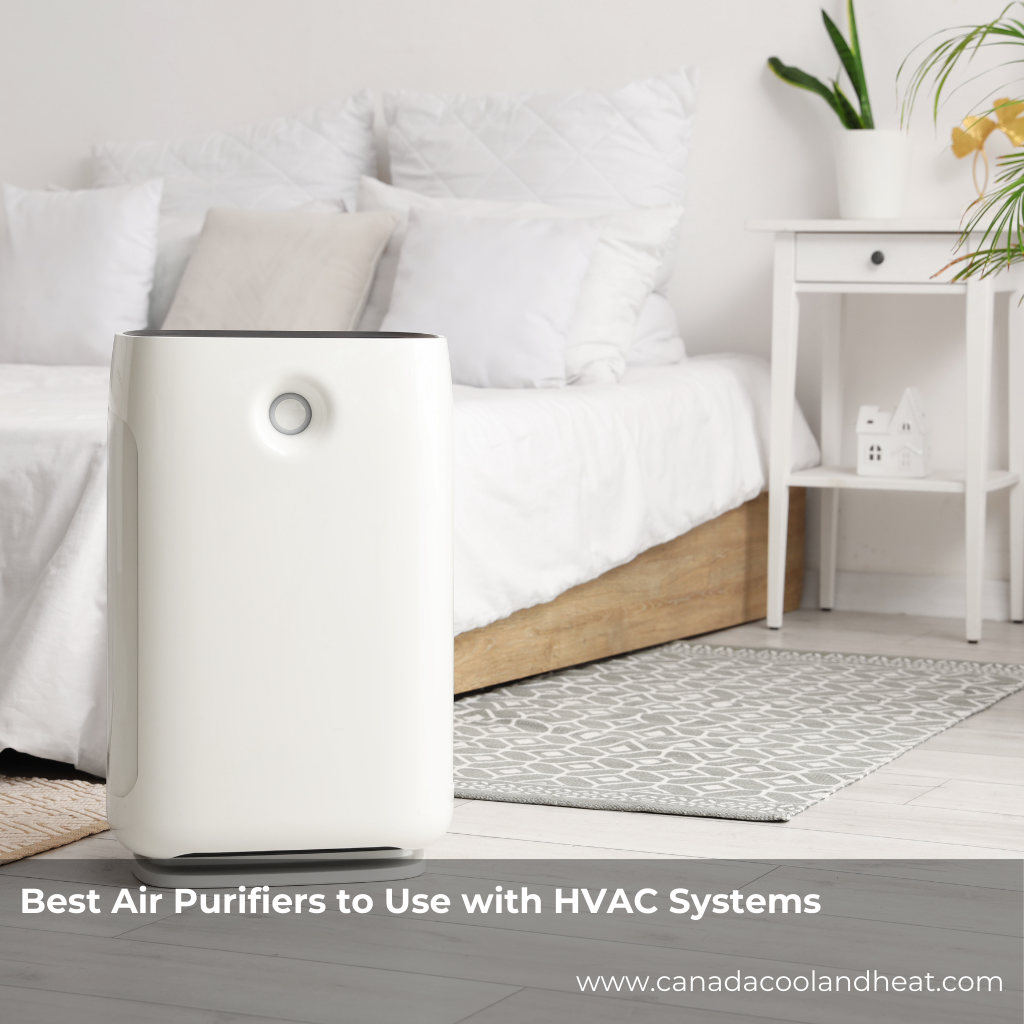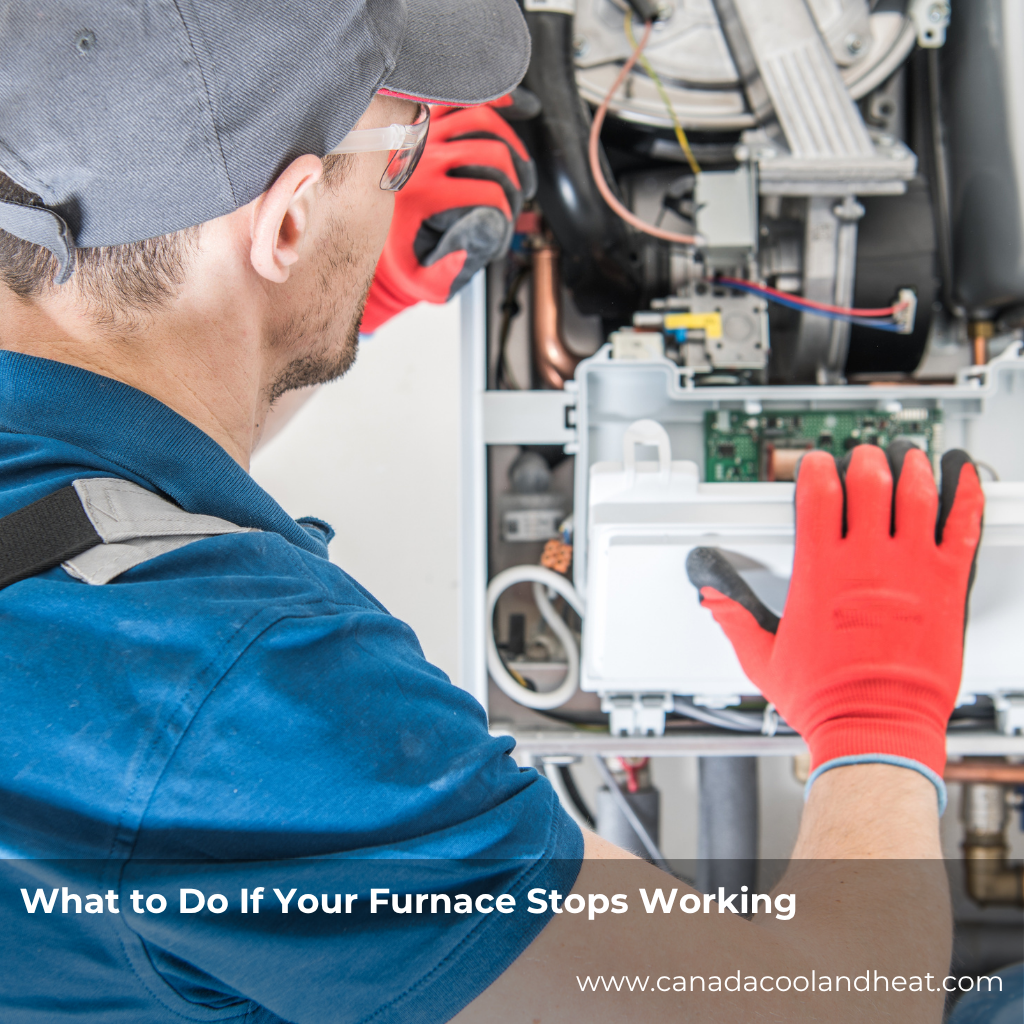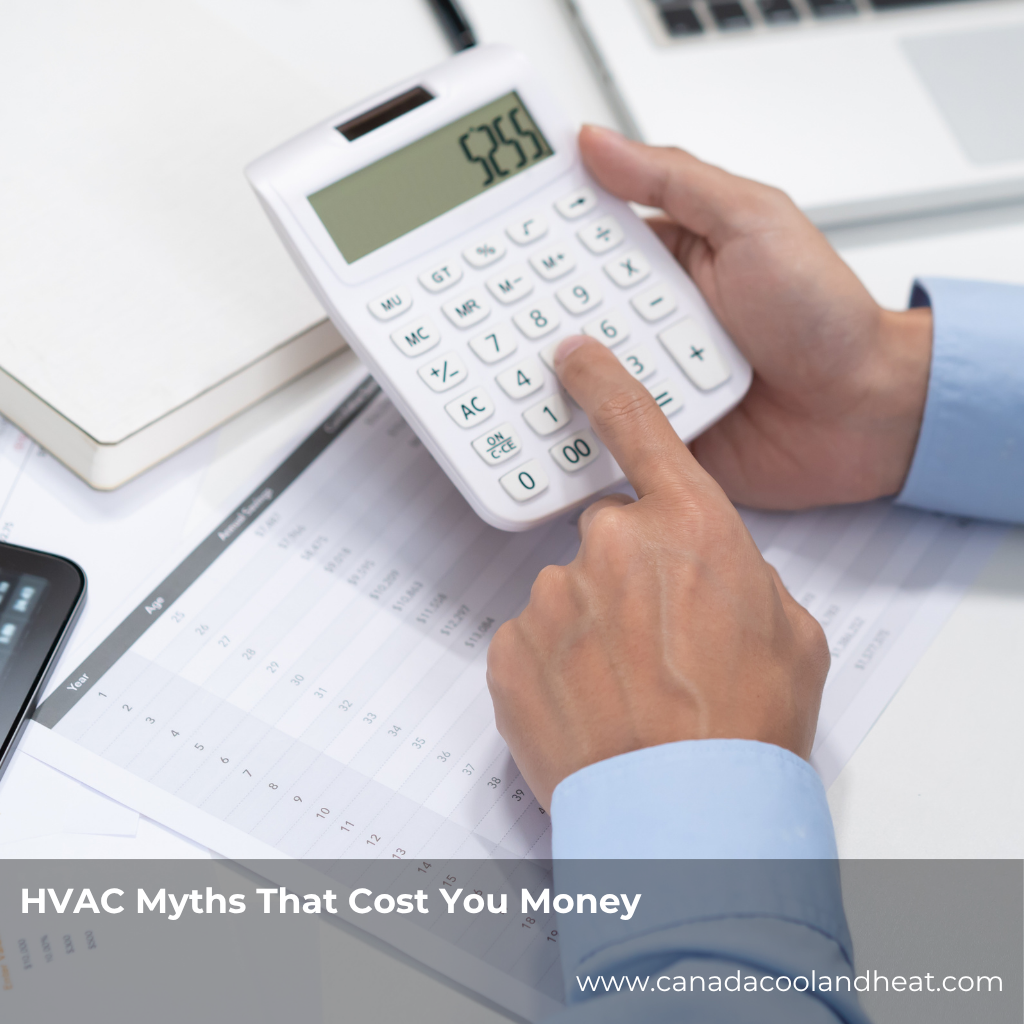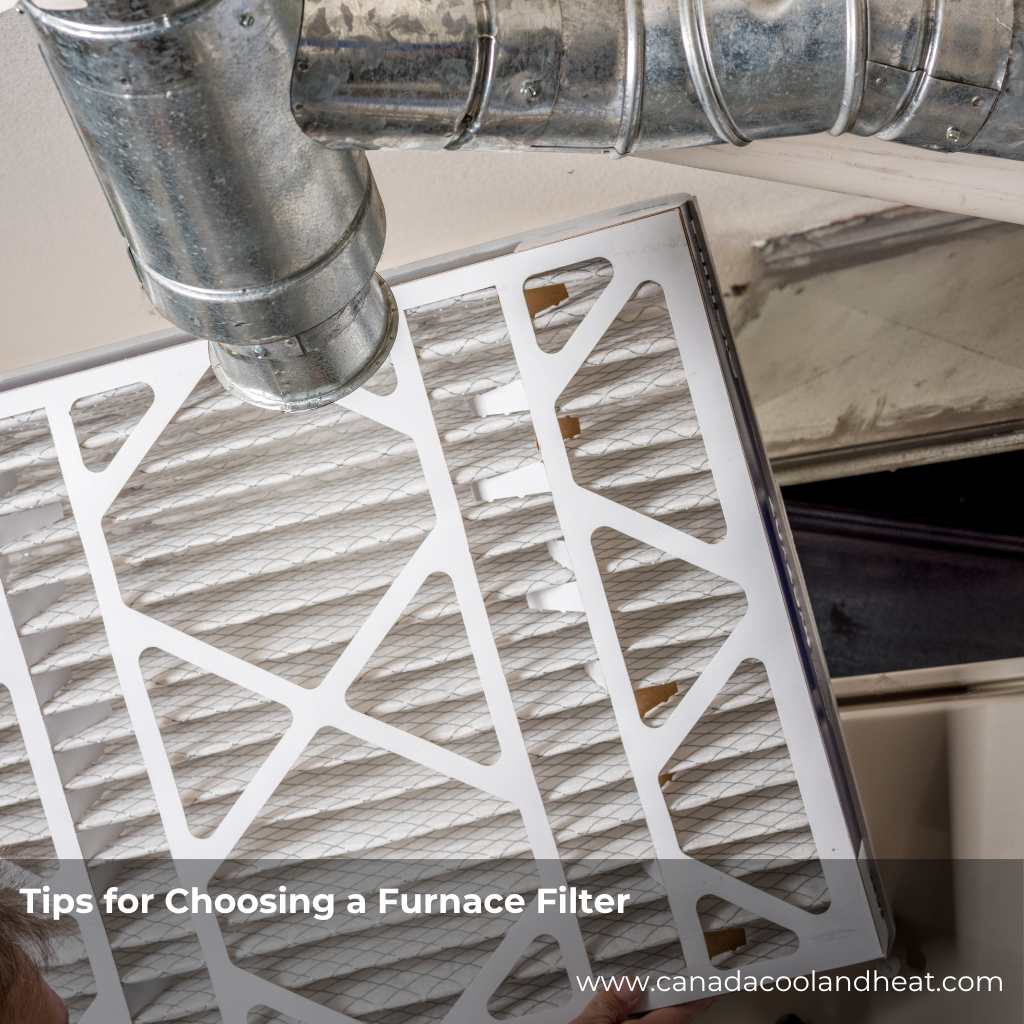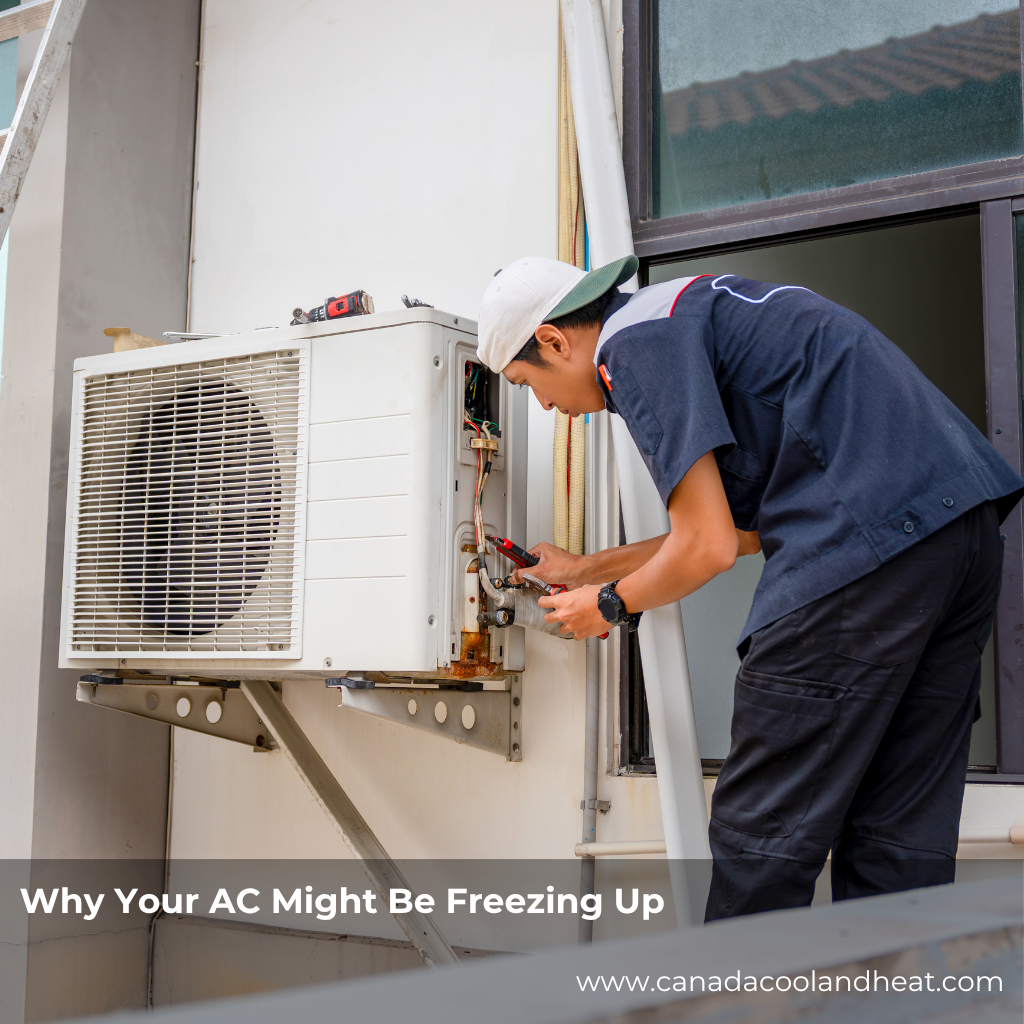Why Proper Kitchen Ventilation Matters
Cooking produces more than just tasty food. It also releases:
- Smoke and steam that can linger in the air.
- Grease particles that settle on surfaces.
- Carbon monoxide and nitrogen dioxide from gas ranges.
- Strong odors that travel beyond the kitchen.
Without a good ventilation strategy, these pollutants don’t just stay in the kitchen—they get pulled into your home’s HVAC system and recirculated. Over time, this can affect air quality, comfort, and even your family’s health.
A properly sized and installed vent hood, paired with an efficient HVAC setup, captures contaminants at the source before they spread.
The Role of Range Hoods in HVAC Balance
Many homeowners assume a range hood is just about odor control. In reality, it plays a key role in your entire home’s airflow. Here’s why:
- Exhaust vs. Makeup Air: When a vent hood pulls air out, that air needs to be replaced. Without proper planning, this can cause negative pressure inside your home, making doors hard to open or pulling outdoor air through unwanted leaks.
- Energy Efficiency: A powerful hood that isn’t balanced with HVAC airflow can drive up energy costs by pulling conditioned air outside.
- Comfort Balance: HVAC systems are designed to manage heating and cooling loads. When a hood disrupts that balance, rooms can become drafty or uneven in temperature.
The solution? Integrating your vent hood with your HVAC design ensures contaminants are removed while fresh air is introduced in a controlled way.
Sizing Guidelines for Vent Hoods in HVAC Kitchens
When it comes to range hoods, size isn’t just about aesthetics—it’s about performance. A too-small hood won’t capture smoke, while an oversized one may overwhelm your HVAC balance. Here are some general guidelines:
1. Width and Coverage
- A hood should be at least as wide as your cooktop. Ideally, it should extend 3 inches beyond each side to capture rising fumes.
2. CFM (Cubic Feet per Minute)
The power of a vent hood is measured in CFM, or how much air it moves per minute.
- Electric cooktops: 300–500 CFM is usually sufficient.
- Gas ranges: Aim for 600–1,200 CFM depending on the BTUs of your burners.
- High-heat cooking (wok or grill): May require 1,200+ CFM.
3. Ductwork Considerations
- Short, straight duct runs improve airflow.
- Avoid sharp bends, which reduce efficiency.
- Use smooth metal ducts rather than flexible ones.
4. Makeup Air Requirements
Most building codes require a makeup air system for hoods above 400 CFM. This system introduces fresh, tempered air to replace what’s exhausted, keeping your HVAC balanced.
5. Filter Type
- Baffle filters: Durable and easy to clean, ideal for heavy cooking.
- Mesh filters: Affordable but clog quickly.
- Charcoal filters: Useful for recirculating hoods (not vented outside).
Air Purifiers and HVAC Integration
Even with the best vent hood, tiny particles can escape. That’s where air purifiers and HVAC filters come into play:
- MERV 13+ HVAC filters capture fine particles, including smoke and grease.
- Whole-house air purifiers (UV, HEPA, or ionizing) add an extra layer of protection.
- Portable purifiers can support kitchens that see frequent heavy cooking.
When combined, a properly sized hood and an upgraded HVAC filter system deliver cleaner, fresher air throughout the home.
Story from the Field: A Kitchen Makeover
One homeowner in Atlanta installed a powerful 1,200 CFM hood over their new gas range but skipped the makeup air system. The result? Every time they cooked, the HVAC system struggled to maintain temperature, and cold drafts entered through doors and windows. Once a makeup air unit was added, the system stabilized, odors disappeared faster, and utility bills evened out. It’s a simple reminder that vent hood HVAC kitchens need balance, not just raw power.
Conclusion
Your kitchen is the heart of your home, but it shouldn’t be the source of poor indoor air. By following proper sizing guidelines, balancing range hoods with HVAC airflow, and adding filtration when necessary, you can enjoy cooking without sacrificing comfort or health.
If you’re unsure where to start, consult with an HVAC professional to design a solution tailored to your cooking habits and home layout.
FAQs
1. What does CFM mean for a vent hood?
CFM stands for cubic feet per minute and measures how much air the hood moves. Higher CFM means stronger suction.
2. Do I always need a makeup air system?
Not for every hood, but most codes require it for systems above 400 CFM to maintain pressure balance.
3. Can I use a recirculating hood instead of venting outside?
Yes, but it won’t remove heat, humidity, or gases as effectively. Recirculating hoods are best for apartments or homes without ducting options.
4. How do vent hoods affect HVAC energy use?
Without balance, a hood can pull out conditioned air, raising heating or cooling costs. Makeup air solves this problem.
5. What type of filter is best for heavy cooking?
Baffle filters are the most durable and effective for kitchens with frequent frying, grilling, or wok cooking.
6. Should I upgrade my HVAC filter if I cook a lot?
Yes. A MERV 13+ filter or whole-house purifier can capture grease and smoke particles that bypass your vent hood.
7. How wide should my vent hood be?
At least the width of your cooktop, but ideally 3 inches wider on each side.
8. What’s the difference between baffle and mesh filters?
Baffle filters last longer and handle heavy grease better. Mesh filters are lighter but clog more quickly.
9. Can an oversized vent hood cause problems?
Yes. Too much suction without makeup air can create negative pressure, drafts, and higher energy bills.
10. How often should I clean my vent hood filters?
For frequent cooks, once a month. For light cooking, every 2–3 months is usually enough.

